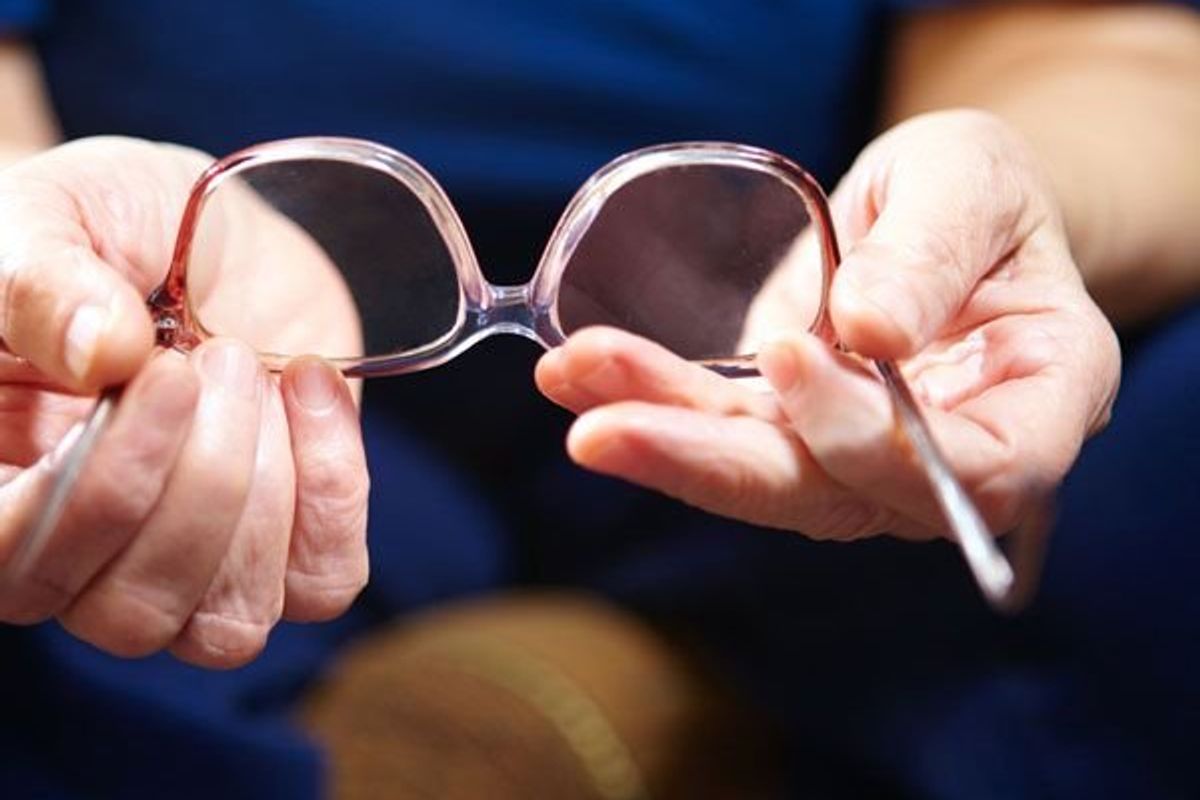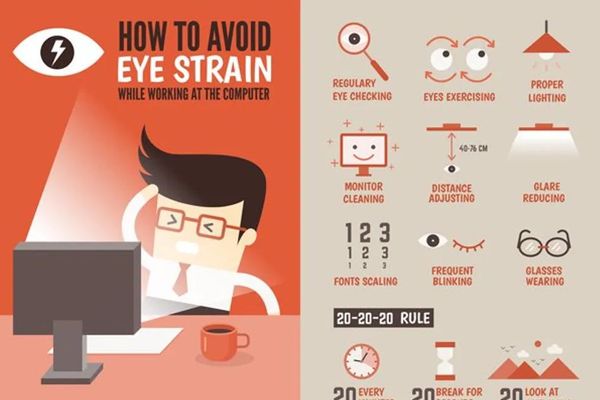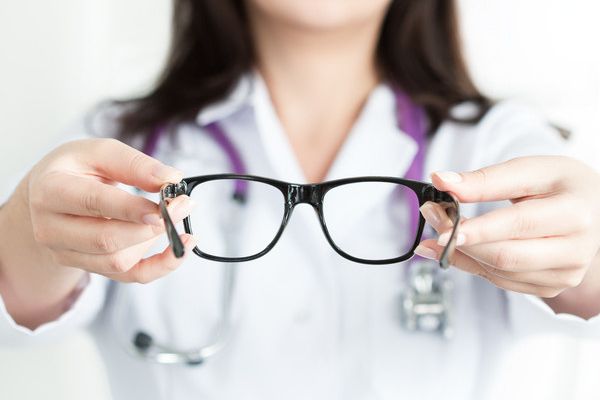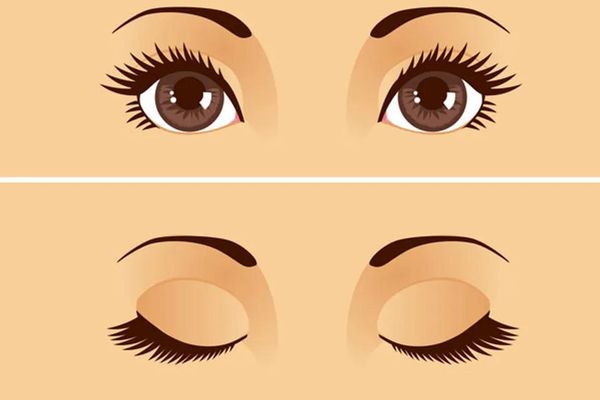By Kuldev Singh, MD, MPH
Millions of Americans are living with glaucoma and losing their sight. And large population studies have shown that only 25 percent to 50 percent of Americans with glaucoma are aware that they have the disease.
Glaucoma symptoms are often silent and can creep up—with as much as 40 percent vision loss before a person notices. While there is no cure, early detection can slow vision loss and possibly preserve one's vision, so understanding the signs and symptoms is crucial.
Here are some facts about glaucoma everyone should know.
What exactly is glaucoma?
Glaucoma is a neurodegenerative disease involving the eye that is the leading cause of irreversible blindness worldwide. There are many types of glaucoma, all having one common feature: degeneration of the optic nerve. The optic nerve carries visual information from the eye to the brain, and damage to this nerve cannot be repaired.
Who is at risk for glaucoma?
While glaucoma can afflict people of all ages, it is most common in the elderly, with the likelihood of disease increasing exponentially with age. Glaucoma is particularly common and devastating in individuals of African ancestry. In the United States, the prevalence of glaucoma is approximately 4 percent in the African American population over the age of 40. Caucasians are at lower risk for developing this disease relative to African Americans, and the risk in Latinos is between these two groups.
What are the signs and symptoms of glaucoma?
Early glaucoma generally results in peripheral vision loss that may be unnoticed unless the physician performs a visual field examination. The diagnosis of glaucoma can be made by any eye care provider. It is very important for all individuals, particularly those with a family history of the disease or at high risk due to their ethnicity, to receive regular comprehensive eye examinations. By the time people are aware that they have a problem, the disease may have progressed to where it threatens central vision involved in reading, driving, watching television and performing other daily activities. The vision loss from glaucoma that has already occurred before diagnosis is generally irreversible.
How is glaucoma treated?
Glaucoma care is generally limited to treating one proven risk factor: intraocular pressure (high pressure in the eye). All other known risk factors for the disease are currently untreatable. Treatment for glaucoma involves lowering intraocular pressure with eye drops, laser and surgical treatments. Many large clinical trials have proven the effectiveness of lowering intraocular pressure in slowing progression of the disease. It is important to remember that, as is the case with most chronic degenerative diseases, glaucoma progression cannot be completely halted, only slowed.

Kuldev Singh, MD, MPH, is professor of ophthalmology and director of the Glaucoma Service at Stanford University School of Medicine.







